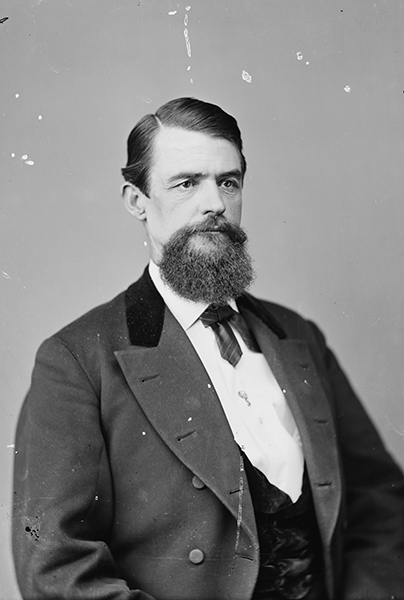On October 15, Confederate General Sterling Price continues his Missouri Expedition by sending two of his generals (John Bullock Clark Jr. and Joseph O. Shelby) to lay siege to Glasgow, Missouri. The Confederates capture the town, along with 1,200 muskets and 150 horses. Other Union losses include a steamboat and a makeshift munitions depot at the Glasgow city hall, which the retreating soldiers blow up to avoid it falling into Confederate hands. Clark and Shelby offer generous terms of surrender and refrain from harming the town or its inhabitants. The victory provides a temporary boost to the raiders' morale after they failed to take St. Louis and Jefferson City. Price turns his sights on Kansas City and Fort Leavenworth.
On October 19, some 2,000 Union soldiers under command of Major General James G. Blunt confront Price's advancing army in the Second Battle of Lexington. The outnumbered federals soon lose the battle, but Blunt gathers intelligence about the size and makeup of Price's army that will soon prove useful. Price continues his march toward Kansas City, still hoping to cause a Union panic and interfere with President Lincoln's reelection efforts.


